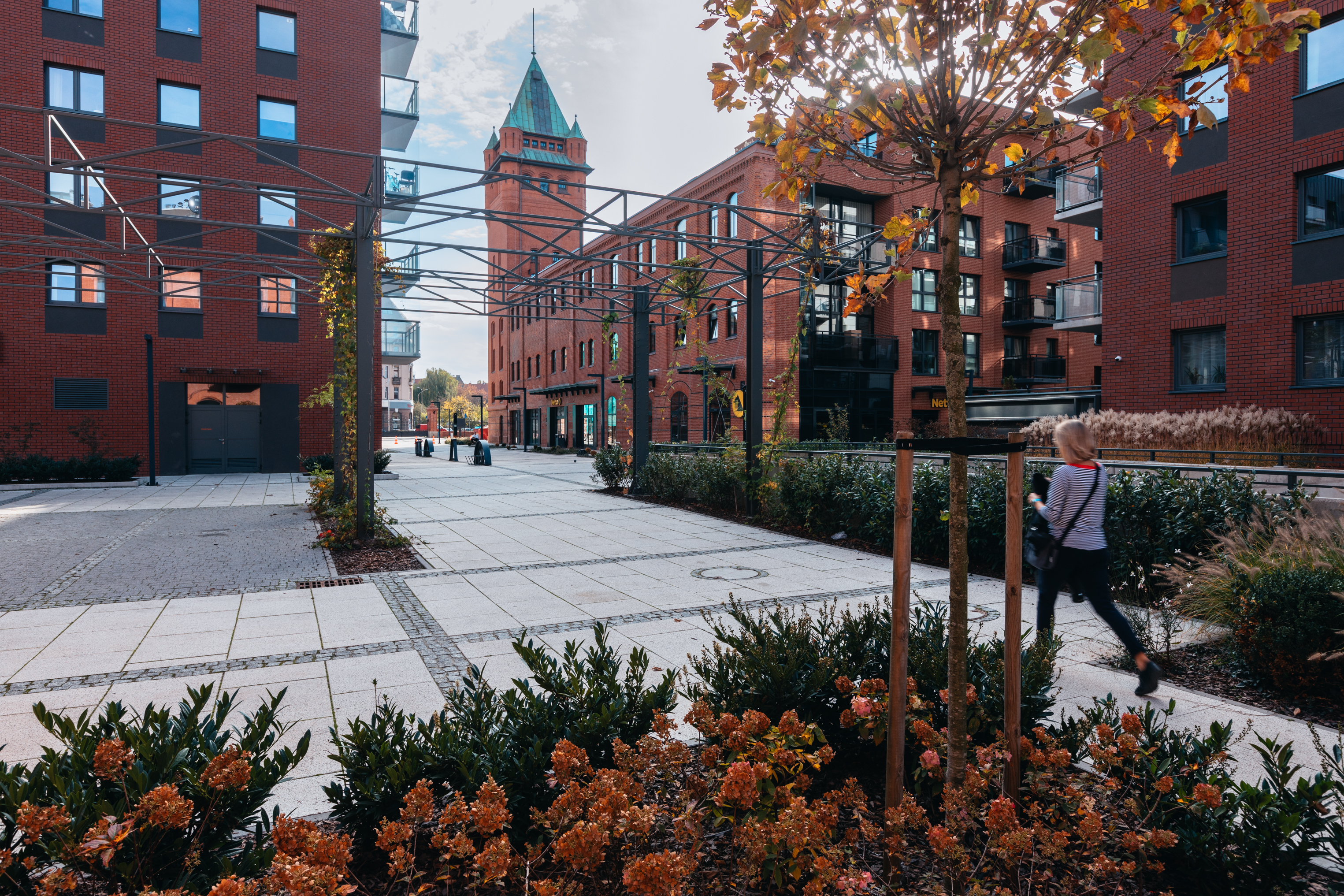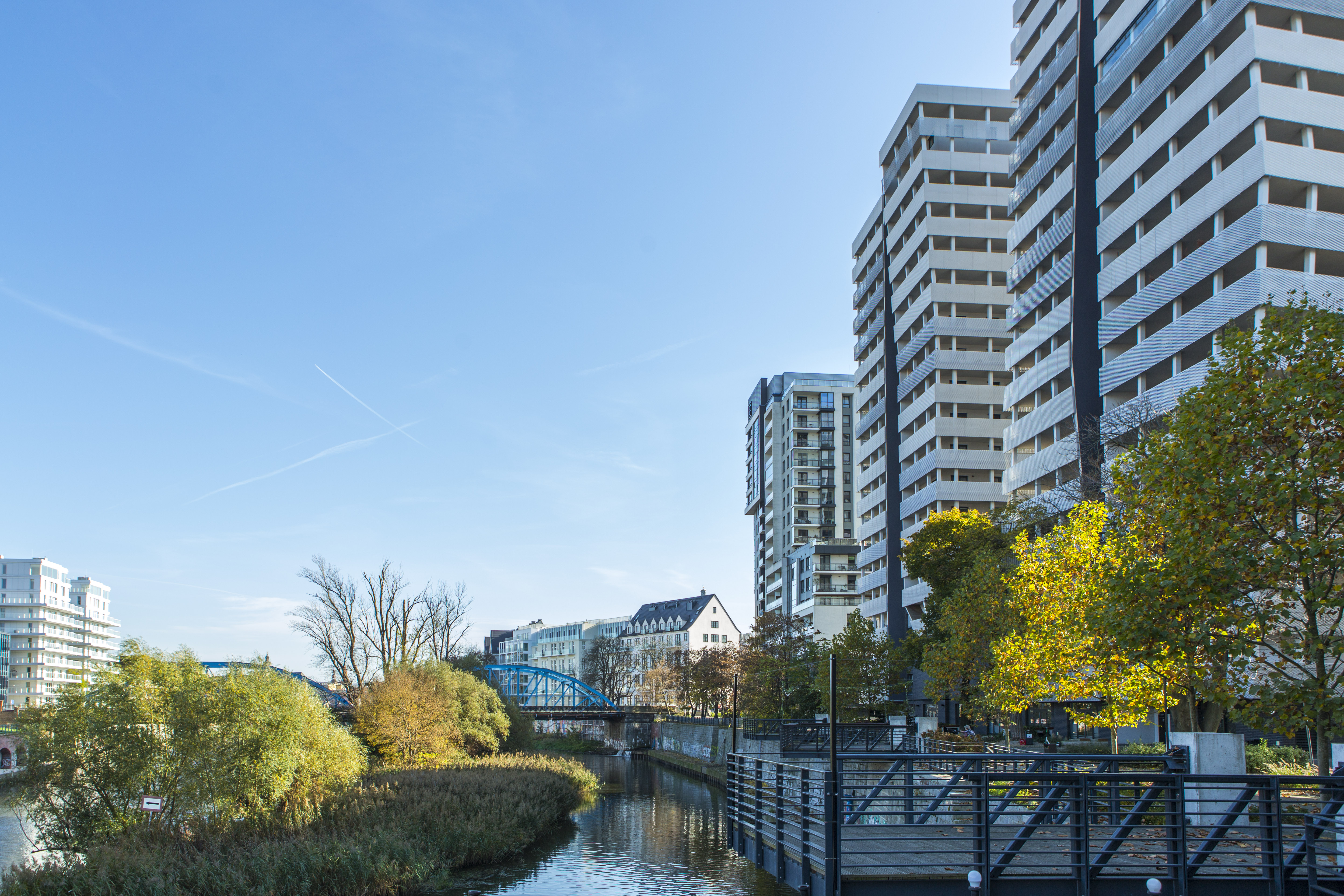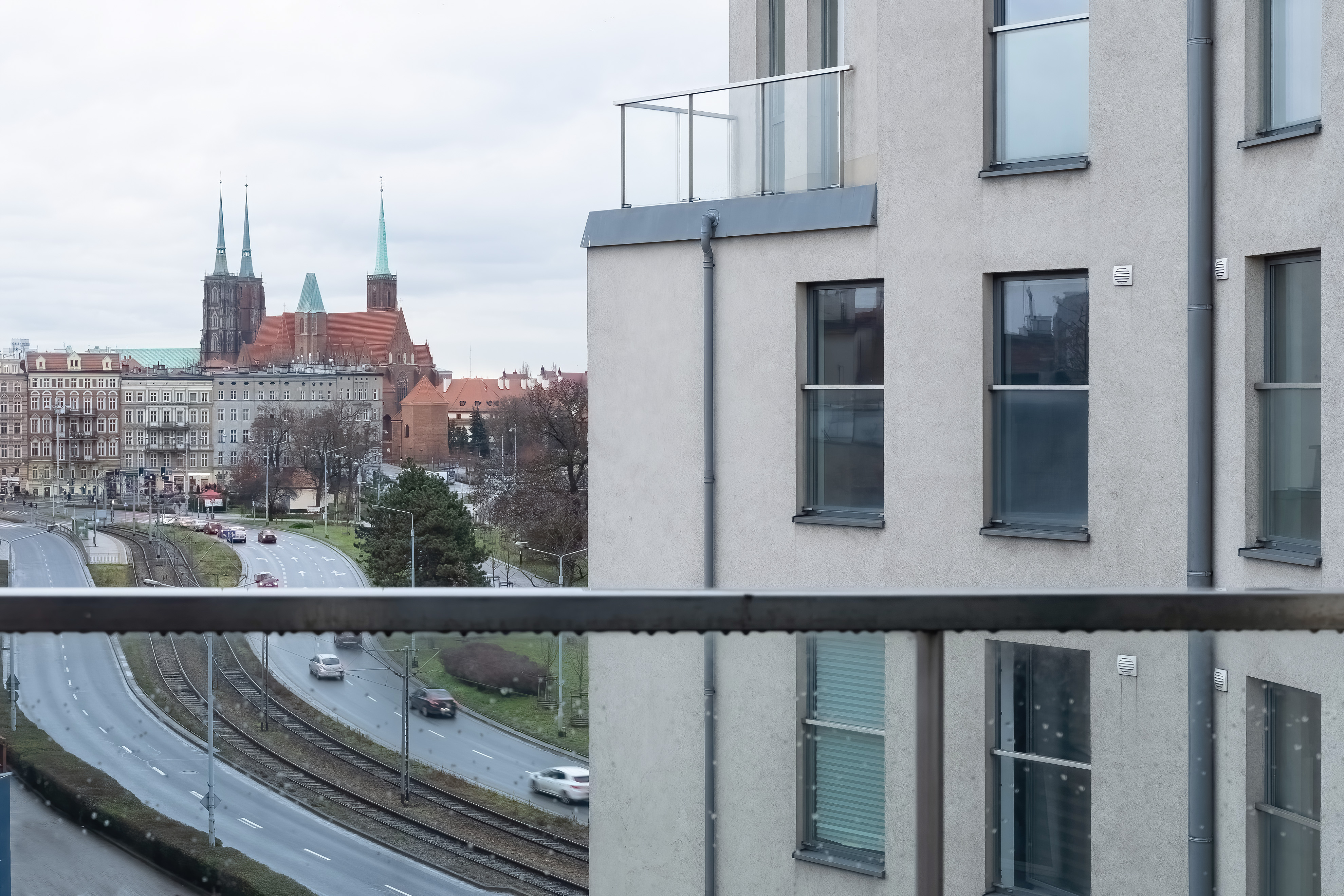艢谤贸诲尘颈别艣肠颈别 - the heart of entertainment, education and business
Made all the better for sharing its border with the achingly beautiful Cathedral Island in one corner, and the picturesque zoo area in the other, 艢谤贸诲尘颈别艣肠颈别 has an exciting dynamic that feels irresistible.
Based in Wroclaw, Poland
Based in Wroclaw, Poland
General Info
Encompassing, among others, sub-districts such as O艂bin and Pl. Grunwaldzki, the 艢谤贸诲尘颈别艣肠颈别 area is set firmly on an upward trajectory and shares many personality traits with Nadodrze next door. Although less artistically inclined, it boasts much the same tightly-knit sense of community as well as an ever-expanding spread of eateries and cafes to give vibrance to the local scene. This busy sense of life is complemented by the presence of the University of Technology, as well as by its diverse architectural glories. Made all the better for sharing its border with the achingly beautiful Cathedral Island in one corner, and the picturesque zoo area in the other, 艢谤贸诲尘颈别艣肠颈别 has an exciting dynamic that feels irresistible.
锘�

Architecture & Property
For years, the real estate segment found itself strongly slanted towards the 19th century tenements that constitute much of the residential mass, as well as post-war projects such as the iconic Manhattan development 鈥� a series of six towers that were unfavourably compared to toilet booths, but have since come to enjoy something of a cult reputation among fans of quirky architecture.
New build has also found its way to the market, and buyers have several reputable projects to choose from 鈥� for instance, the Browary Wroclawskie project has introduced a range of options to both a Neo Gothic former brewery, as well as freshly constructed apartment blocks. This investment has breathed new life into the north east of O艂bin. Similarly, Sienkiewicza Residence will also offer apartments in both new apartment blocks and a renovated pre-war construction with added perks including a billiard room and panoramic terrace. Of the other options is the six-storey Wyszy艅skiego 56, a development featuring a courtyard decorated with art, and the luxury-minded Ogrody Graua, an intimate complex involving chic new build and a spectacularly restored 19th century palace originally designed by the architect Albert Grau.
Unsurprisingly, many of the newer developments such as Zielone 艢谤贸诲尘颈别艣肠颈别, Tumskie Ogrody and Botanica Residence directly reference the area鈥檚 green credentials in their names, while others, such as the prestigious Lokum Vena, have revived heritage pre-war properties and joined them to swank new constructions.
These developments complement the area鈥檚 pre-existing architecture. Giving an added layer to the local fabric are historic points of interest such as the Gothic Church of St. Michael the Archangel 鈥� it was here that Edith Stein, one of the six patron saints of Europe, worshipped before her death in Auschwitz.
Architecture & Property
For years, the real estate segment found itself strongly slanted towards the 19th century tenements that constitute much of the residential mass, as well as post-war projects such as the iconic Manhattan development 鈥� a series of six towers that were unfavourably compared to toilet booths, but have since come to enjoy something of a cult reputation among fans of quirky architecture.

New build has also found its way to the market, and buyers have several reputable projects to choose from 鈥� for instance, the Browary Wroclawskie project has introduced a range of options to both a Neo Gothic former brewery, as well as freshly constructed apartment blocks. This investment has breathed new life into the north east of O艂bin. Similarly, Sienkiewicza Residence will also offer apartments in both new apartment blocks and a renovated pre-war construction with added perks including a billiard room and panoramic terrace. Of the other options is the six-storey Wyszy艅skiego 56, a development featuring a courtyard decorated with art, and the luxury-minded Ogrody Graua, an intimate complex involving chic new build and a spectacularly restored 19th century palace originally designed by the architect Albert Grau.
Unsurprisingly, many of the newer developments such as Zielone 艢谤贸诲尘颈别艣肠颈别, Tumskie Ogrody and Botanica Residence directly reference the area鈥檚 green credentials in their names, while others, such as the prestigious Lokum Vena, have revived heritage pre-war properties and joined them to swank new constructions.
These developments complement the area鈥檚 pre-existing architecture. Giving an added layer to the local fabric are historic points of interest such as the Gothic Church of St. Michael the Archangel 鈥� it was here that Edith Stein, one of the six patron saints of Europe, worshipped before her death in Auschwitz.
Green & Recreational Areas
Stanis艂aw
To艂pa Park is loved by more than just its immediate neighbours. Postcard
perfect, this nine hectare park comes with weeping willows romantically poised
over a still manmade lake that looks directly towards the castle-like features
of the Faculty of Architecture. Pocket-sized in comparison, the St. Edith Stein
Park across the road is equally high on charm positioned as it is in the shadow
of the Church of St. Michael the Archangel. To the north east, the labyrinthine
allotment gardens are vast in size and present an eclectic sight of tangled,
overgrown patches contrasted against well-loved plots complete with charismatic
huts. The Botanical Gardens 鈥� the second oldest in Poland 鈥� are a joy of complex
flower arrangements, looming trees, cobbled pathways and tinkling water
features.


